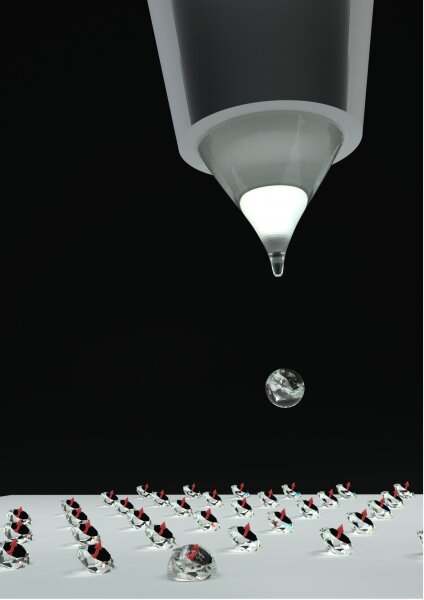For Quantum Computers to surpass their classical counterparts in speed and capacity, their qubits need to be on the same wavelength. Achieving this, however, has come at the cost of size. Whereas the transistors used in classical computers have been shrunk down to nanometer scales, superconducting qubits these days are still measured in millimeters. Combine qubits together into larger and larger circuit chips, and you end up with, relatively speaking, a big physical footprint, which means quantum computers take up a lot of physical space.
To shrink qubits down while maintaining their performance, the field needs a new way to build the capacitors that store the energy that “powers” the qubits. In collaboration with Raytheon BBN Technologies, researchers at Columbia Engineering recently demonstrated a superconducting qubit capacitor built with 2D materials, rendering it a fraction of the size of previous capacitors.
To build qubit chips previously, engineers have had to use planar capacitors, which set the necessary charged plates side by side. Stacking those plates would save space, but the metals used in conventional parallel capacitors interfere with qubit information storage.
The researchers sandwiched an insulating layer of boron nitride between two charged plates of superconducting niobium diselenide. These layers are each just a single atom thick and held together by van der Waals forces, the weak interaction between electrons. The team then combined their capacitors with aluminum circuits to create a chip containing two qubits with an area of 109 square micrometers and just 35 nanometers thick which is 1,000 times smaller than chips produced under conventional approaches. (SciTechDaily)
The work has been published in NanoLetters.



